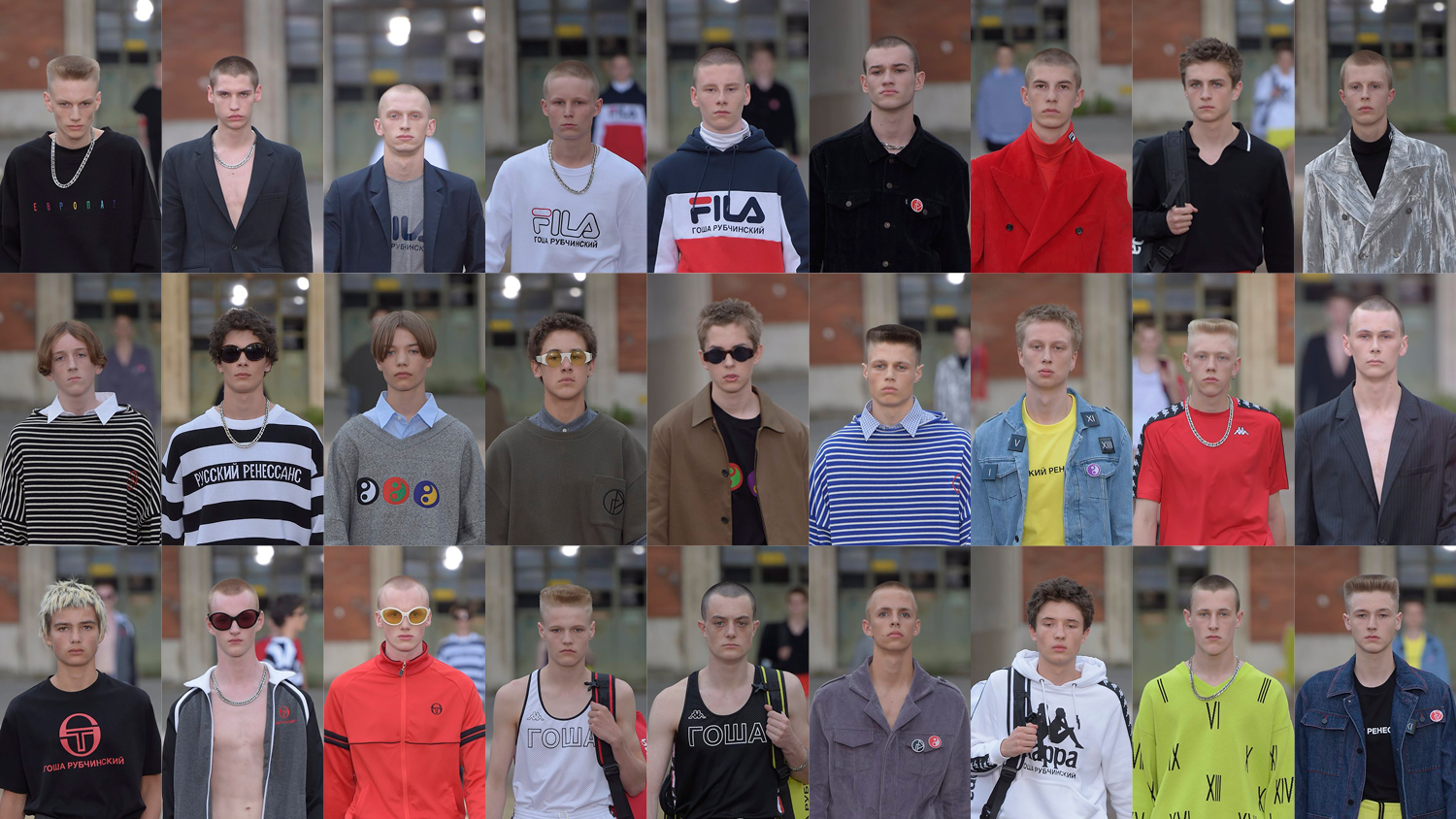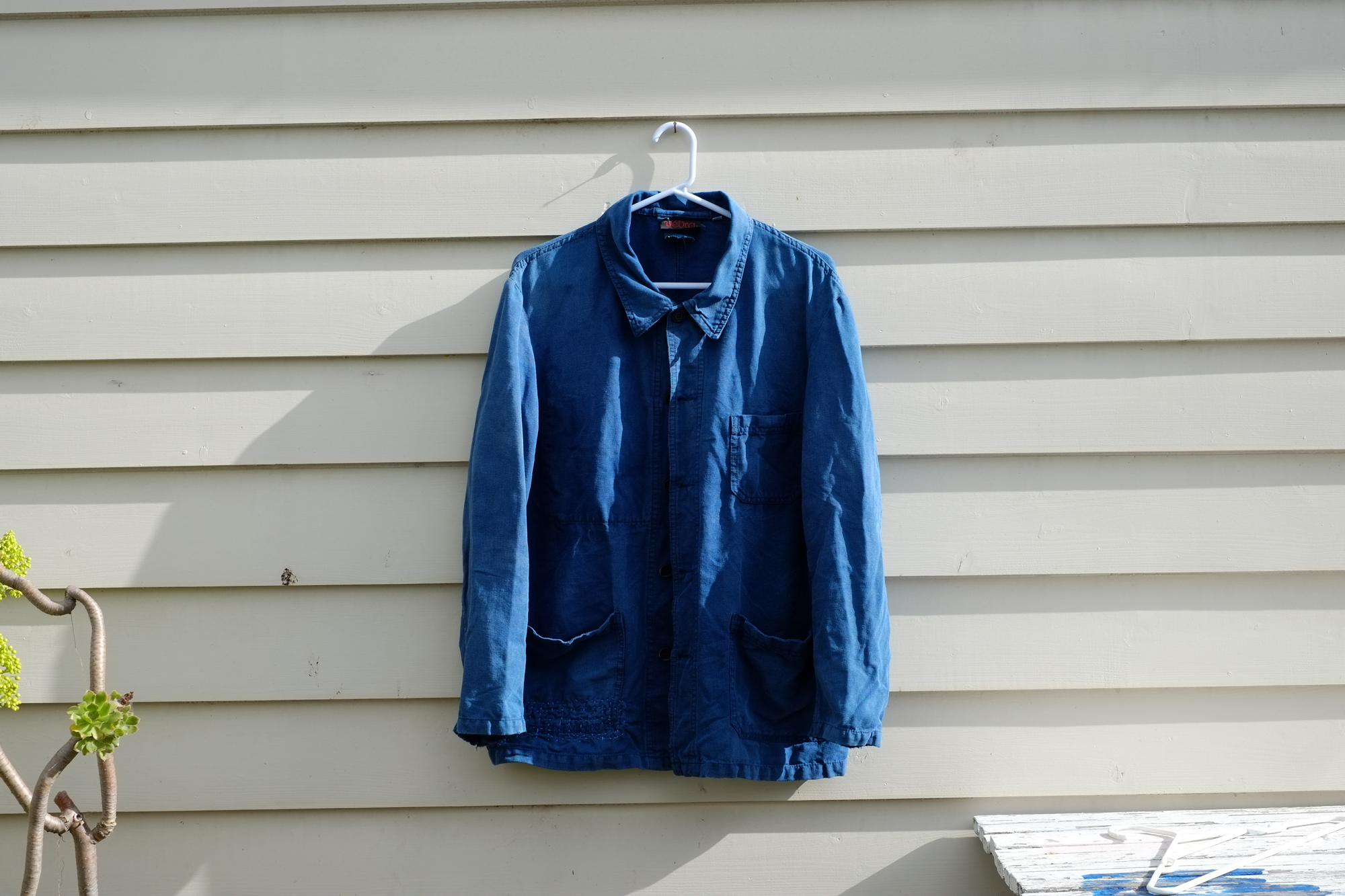
“Ten hours out in the cold.” That’s how long one Kanye West fan – Olivia, from Melbourne – waited to get her hands on a piece of West’s Life of Pablo merch. Others waited for longer. Some fans slept outside the store, waiting for a chance to get inside. It seems crazy — these fans were waiting outdoors, in the middle of winter, to buy generic t-shirts and jackets with crudely screenprinted phrases on them.
But even while it may seem wild, it’s becoming more and more common; in 2016 we’ve seen limited edition celebrity merchandise become more highly sought-after than ever. While West may have popularised the trend, he wasn’t the only one to do it this year — Justin Bieber, Kylie Jenner, Travis Scott, The Weeknd ,and Rihanna (amongst others) have all begun releasing hyper-limited lines of specialised merchandise that have hypebeasts foaming at the mouth. It’s the perfect intersection of fashion trends in 2016, borrowing the aesthetics of designer labels like Vetements and turning them into affordable pieces of memorabilia (for fans) and instantly viral marketing campaigns (for celebrities).
As he is with many cultural trends, Kanye West was ground zero for this new approach to merchandise. In 2014, West commissioned artist Wes Lang and designer (and West’s creative director) Virgil Abloh to create designs for the merchandise to be sold during his Yeezus Tour. Instead of producing standard designs to sell at every show, he commissioned variants for each leg of the tour, meaning that a new design would surface every few shows. Fans went wild for the hyper-exclusive merch, with rarer variants selling online with astronomically inflated prices. Suddenly, another one of West’s crazy ideas didn’t seem so crazy anymore. As the Yeezus show began to tour worldwide, West started opening pop-up shops to sell merchandise to fans that wasn’t even available at shows. Only in any given city for one or two days, these pop-ups found themselves inundated with customers wanting to get their hands on exclusive merchandise. West himself made a habit of dropping in at the pop-ups. A notoriously private person, waiting in line to get into one of the shops gave fans a chance to get that tiniest bit closer to their idol. Now, two years on, limited merch lines are cropping up every few weeks, with the crowds growing more and more frenzied with each successive release.
Not only are many of these merchandise lines released in similar ways, they also look quite similar to each other. These lines of merch draw their aesthetics from high-end designers like Vetements and Maison Margiela, gleefully pilfering design staples of those designers and reselling them to the masses at a fraction of the cost. You can see the influence of Vetements in particular in many of these clothing lines. There are obvious rip-offs — present in pieces like Kylie Jenner’s ‘Like, Realising Things’ t-shirt, which uses a Vetements-looking typeface, and Justin Bieber’s Purpose hoodies, with ape the lengthy sleeves beloved by the label — but there are also more subtle cues adopted, like the black, white, and blood red palettes favoured by The Weeknd and Rihanna in their clothing lines. Nearly all of these collections utilize typography that would look at home on an eighties metal poster. This aesthetic, while common in recent Vetements collections, is itself drawn from music culture, from grassroots punk scenes and movements. It’s fitting, then, that the look has been reappropriated by these artists — after all, according to West, “Rap is the new rock ‘n roll.” After being taken from the masses by designer fashion houses, these musicians are bringing punk aesthetics back to popular culture.
While these collections draw their aesthetics from designer fashion, their mode of delivery is much closer to pop music: streetwear. These surprise drops and 24 hour pop-ups are techniques streetwear & sneaker brands like Supreme and Nike have been utilizing for years. There’s a lot of people in the intersection of, say, Travis Scott fans and Supreme-wearers. These fans know the way streetwear works, are familiar with how quickly a hot item can sell out, so they treat these releases like they would a new sneaker drop, camping outside stores for hours and spending thousands when they get inside.
While this may seem crazy to some, it’s ultimately just another way for fans to gain intimate access to their idols, another way in which they can emulate them. The average Kanye West stan can’t afford a nine-hundred dollar Vetements hoodie like West can, but they can afford a Pablo bomber or a Purpose Tour hoodie. These items of clothing allow the masses to join in on celebrity fashion trends, something that’s only really been accessible to the richest fans until now. On a larger scale, too, these clothing lines allow fans from across the world to participate in large-scale cultural events surrounding their idols. While most artist-fan connection in 2016 is digital — through social media, music, and so on — merchandise lines allow artists and fans to engage in a real, tactile, affordable way. There’s nothing crazy about that.
- Words: Shaad D'Souza


